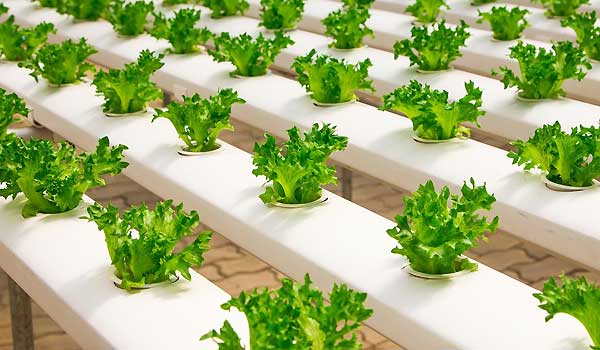Summer is nearly over and the garden outside is finished for the year. All the…
Growing Berries In Container Gardens

When you’re contemplating a container garden, don’t forget that as well as flowers, herbs, and some vegetables, you can even grow a few types of fruit in pots. However, you do need to be sure it’s the right kind of fruit if you want to be successful.
The first thing to realize is that “stone fruit” doesn’t do well in containers. So if you were looking forward to growing your own peaches, plums, nectarines, or other fruit along those lines, unfortunately you’re out of luck. The roots of these plants are likely to outgrow any container before you will ever see any fruit. However, when it comes to berries, you will have much better luck.
Strawberries, in fact, are ideal for containers. You can choose between those that bear fruit all year round and those that do so just once a year. The latter will be better as fresh fruit. You must be sure to use a pot with good drainage, at least 8 inches deep or preferably more, and put the soil only as high as the spot where leaves start to grow. Set the pot where the plants will get 6-8 hours of sunlight each day, and fertilize every 2-3 weeks. A fertilizer made for flowers or vegetables, with a 1:2:1 ratio should work well. Then water regularly, and wait for the berries to grow!
Blueberries can also succeed in containers, but require more work than strawberries, and you’ll need to be sure you’re buying a dwarf blueberry bush, because standard bushes do not thrive in pots. You’ll likely need to order the plant ahead of time, and even with the dwarf plants, you’ll need a big container, probably at least two feet by two feet by two feet. (And this means you have to fill the pot in the place where you want it to sit, because it won’t move easily afterwards.)
The soil should be well-drained, but stay consistently moist. If you can find a potting mix designed for rhododendrons, azaleas, and camellias, that will suit best. Otherwise, buy an acidic soil mix with a lot of organic material such as peat moss or sphagnum moss. Set the plant so the root ball comes about 4 inches lower than the top of the pot. The roots need to be close to the soil surface, but you should water and then add a layer of light mulch, such as pine needles, coarse bark, or moss. Fertilize once a month, with the same type of fertilizer used by rhododendrons, azaleas, and camellias, but don’t fertilize after August. If you wrap the container with something like quilt batting, blankets, or bubble rap, the bush should survive over the winter, but it probably won’t do very well for a third season.
Some of the best varieties of blueberries for containers are Sunshine Blue (only in the south), Northsky, which is very good for cold climates, Bluecrop, a drought-resistant type that can also withstand some cold, and Earliblue, which ripens in June rather than July as the others do. You can grow other types of fruit as well, such as dwarf citrus and pomegranate plants, figs, and even dwarf cherries. But the ones that are likely to give you the best luck will be the berries.



